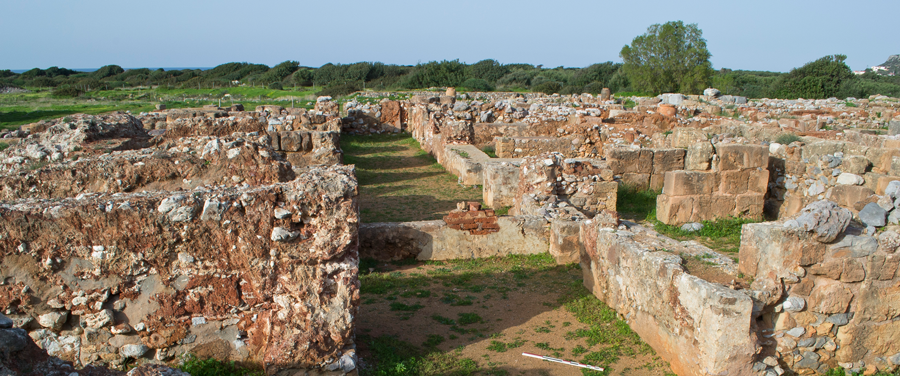The Minoan and Mycenaean socio-political systems share many trends due to the interactions between their respective societies, but the archaeological record also testifies marked differences. This research project investigated the processes at play in the development of these distinct socio-political systems by focusing on the management of architectural production and by quantifying the impact of monumental architecture on these societies.
Research
Despite a marked convergence in the architectural repertoire due to the adoption and adaptation of Minoan features by Mycenaean builders, the distinctive traits of the Minoan and Mycenaean built environments were highlighted through formal, functional and spatial approaches. Maud Devolder intended to shed new light on the processes at play during the construction of monumental structures by means of a quantitative estimation of the time invested into the building projects: ‘architectural energetics’. This approach aimed at determining the amount of time necessary for erecting a building by taking into account each step of the building process: the acquisition of the raw materials, their transport to the building site, their manufacture, and their assembling into an edifice. Such estimation was made possible by determining the standard amount of time necessary for accomplishing each task. These standards determined the time, expressed in hours per person (p-h), necessary to deal with a defined amount of building material (most often one cubic or square meter). They are based on a variety of sources that account for the hours per person necessary to undertake architectural tasks when using pre-mechanical techniques. Once set, the standards were applied to the volumes of the buildings under study, by taking into account the initial aspect of the edifice, the specific building techniques and the physical properties of the raw materials and construction setting. Recent applications of ‘architectural energetics’ to Cretan Bronze Age edifices have demonstrated the reduced impact of building projects on Minoan society and the limited control exerted by elites over manpower during the Neopalatial period (1700-1450 BC). By applying a similar approach to the Mycenaean built environment of the Argolid during the acme of the Mycenaean palatial civilization (1415-1200 BC), the impact of various building projects on the population, the size of the working crew, the mobilization of the workforce and the control of the palatial elites over manpower was considered.

